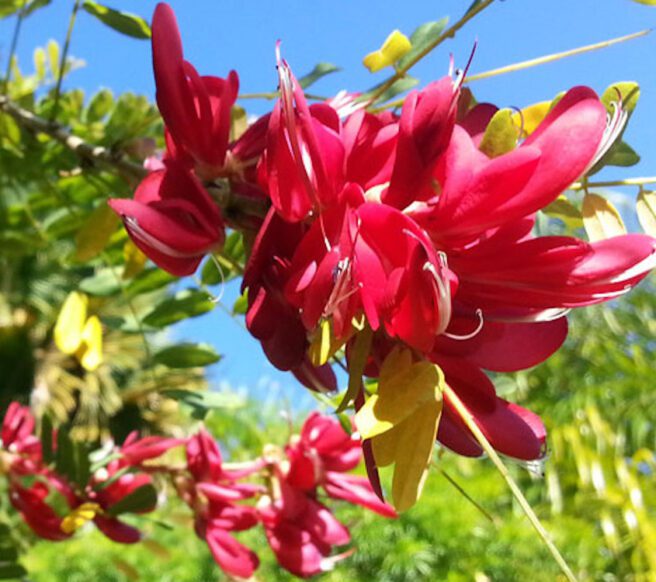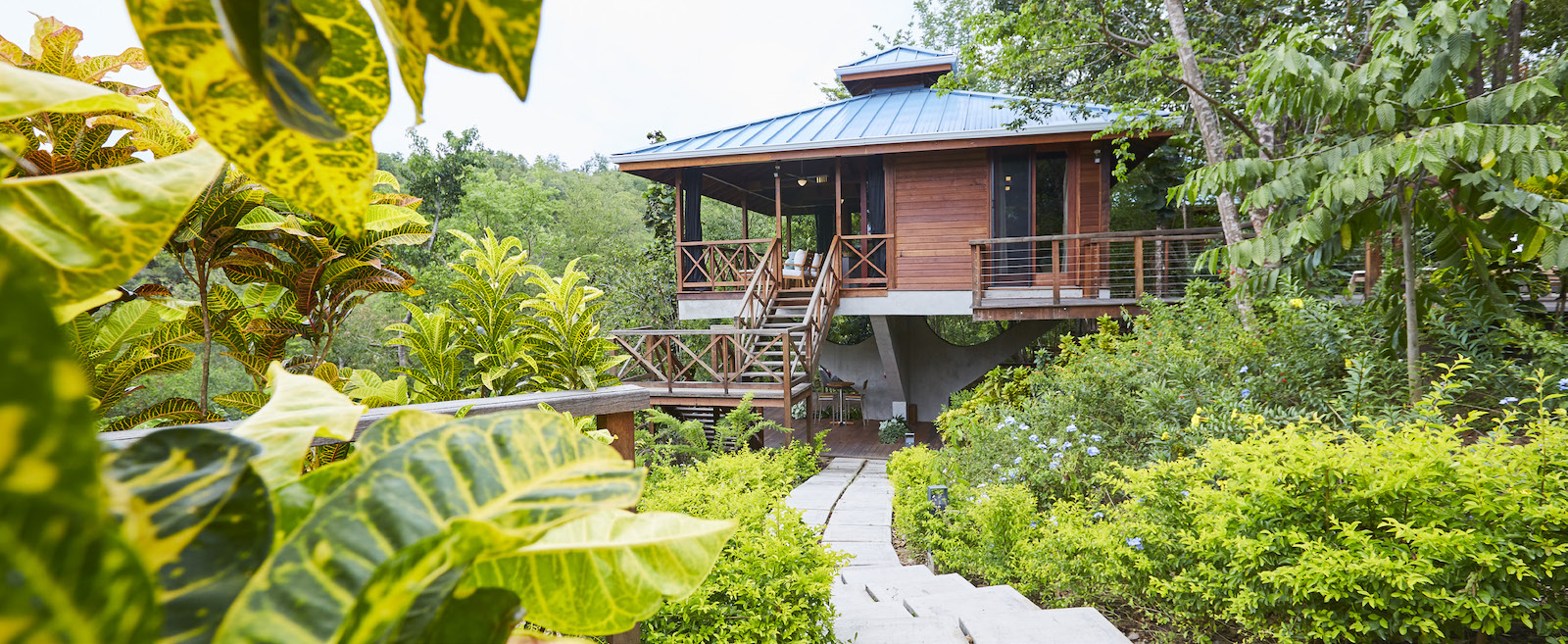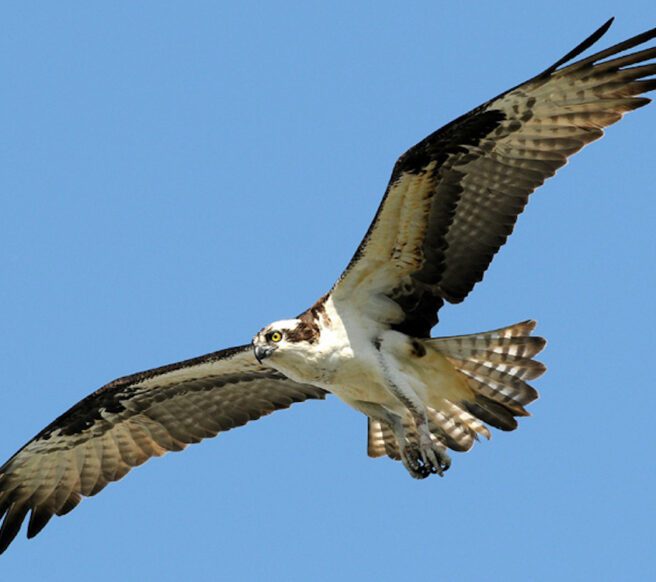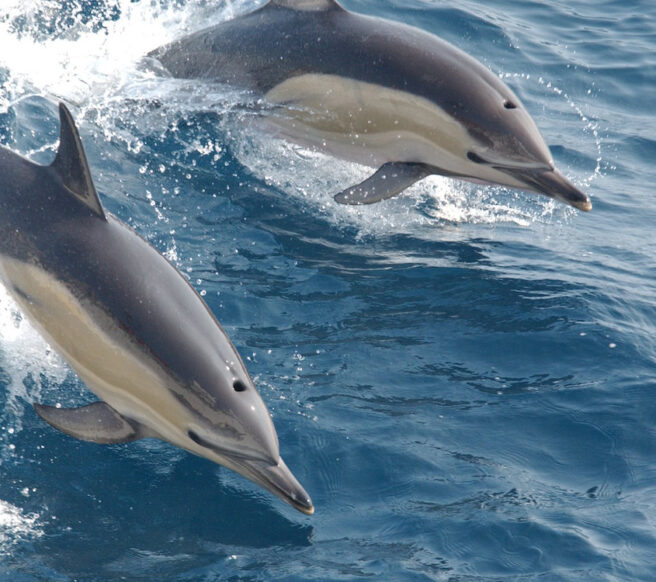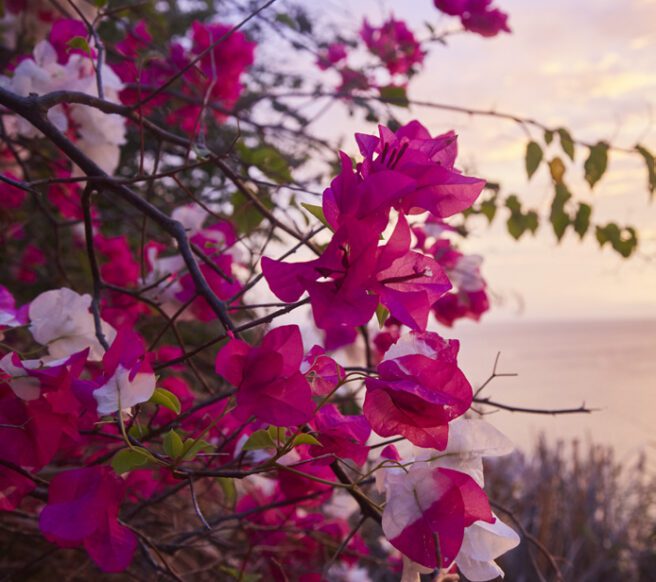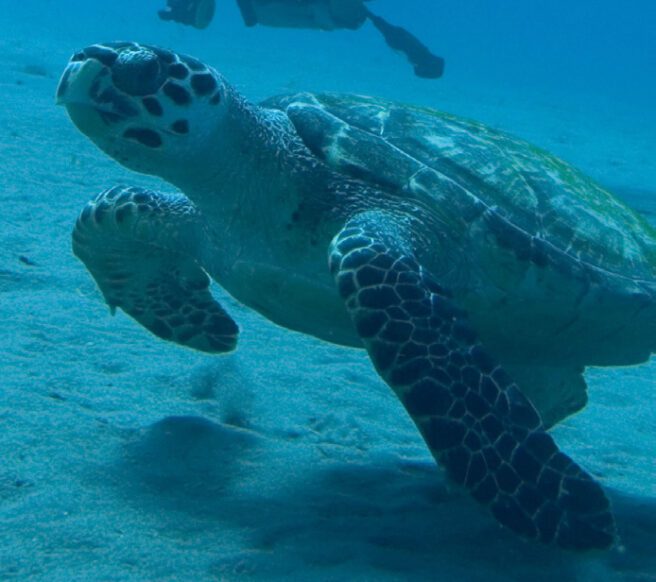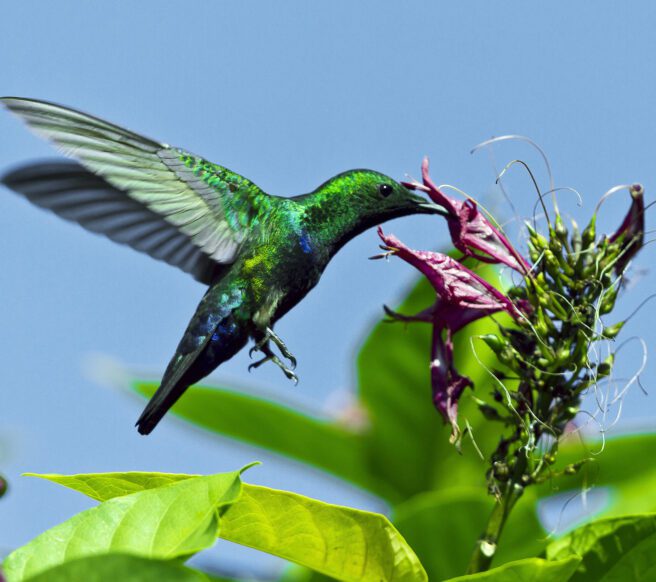Flora & Fauna
The flora, fauna and marine life of Secret Bay.
Secret Bay has worked hard to preserve and re-establish the wildlife that thrives here. It is not just about creating a place to stay, but also capturing Dominica in a time when her land and wildlife were valued not just for what they could provide, but as cohabitants in a precious ecosystem.
If you would like to learn more about the species present on Dominica, please reference The Flora, Fauna & Marine Life of Secret Bay, Secret Bay’s self-published book about the wildlife that can be found on our grounds and within surrounding areas.
Download The Flora, Fauna & Marine Life of Secret Bay.
Flora
With such a mountainous terrain, Dominica is a treasure trove of biodiversity. Secret Bay sits in the rain shadow of Dominica’s highest mountain Morne Diablotins, which means conditions here are drier than in other parts of the island. Known as dry scrub woodland, the naturally occurring vegetation found on this leeward coast has evolved ways to tolerate dry conditions, an abundance of sunshine and saltwater.
Fauna
An Island rich in natural beauty and with an abundant of undisturbed land, there are diverse groups of animals that happily thrive here, including: 188 species of avifauna who call Dominica home, sea, freshwater and land crustaceans, native reptiles and amphibians, a wide variety of insects and butterflies, two of which are endemic to this island, mammals and bats.
Marine Life
Rich and diverse, the marine life in the waters around Secret Bay flourishes. With so many species of fish, sea creatures and coral, there is no telling what treats awaits the underwater explorer.
